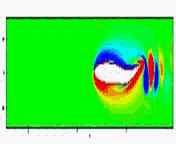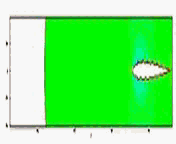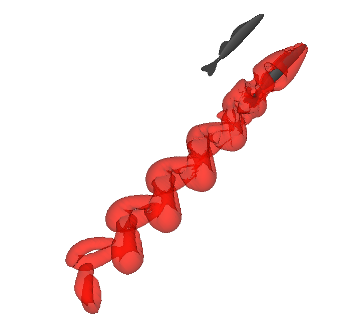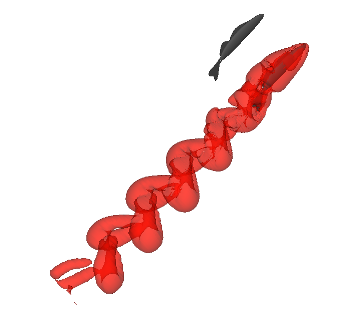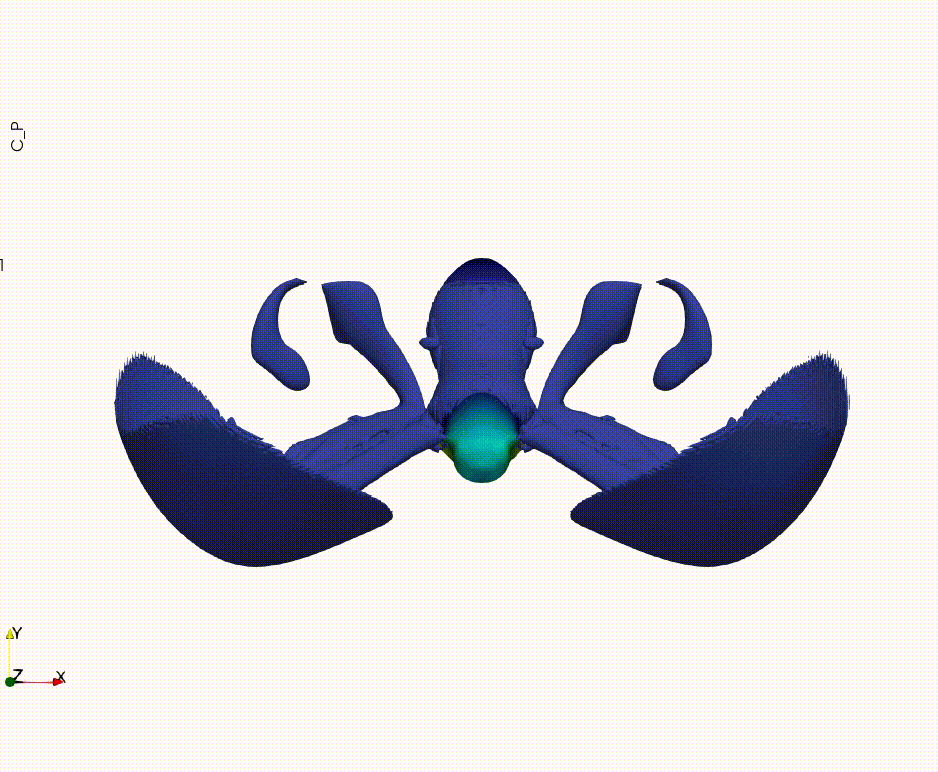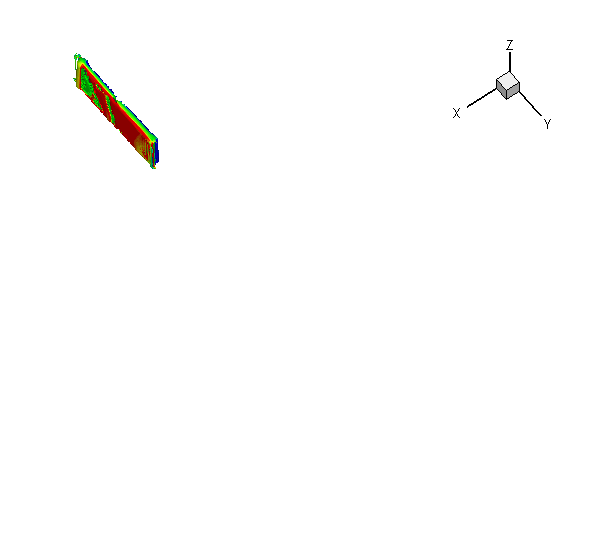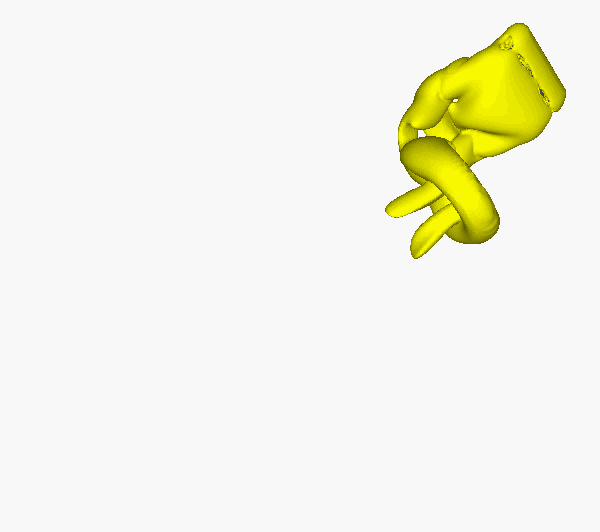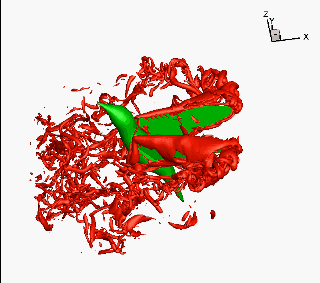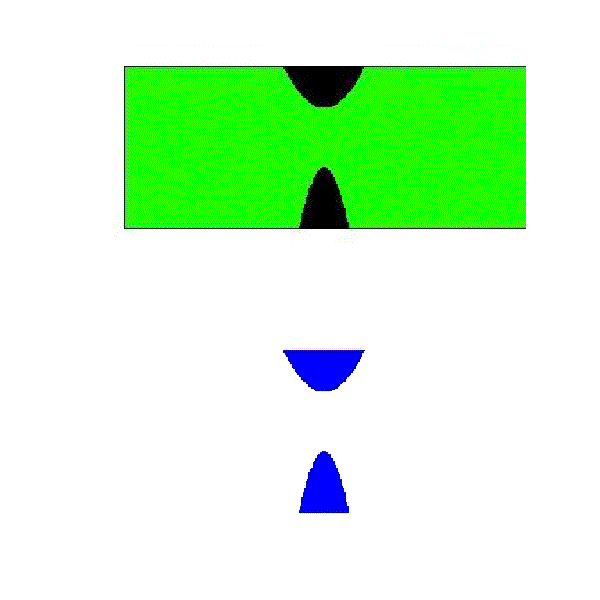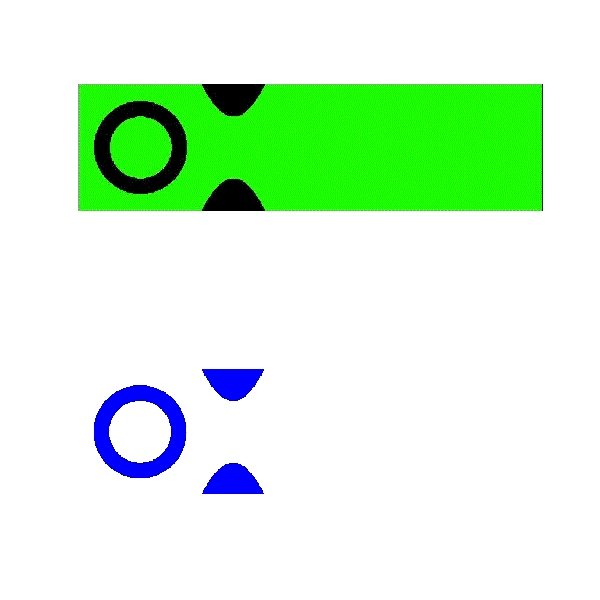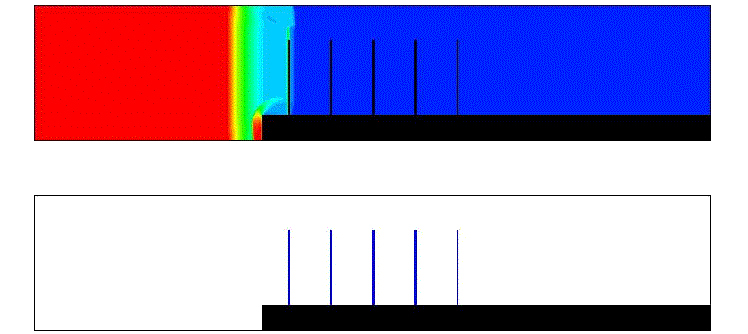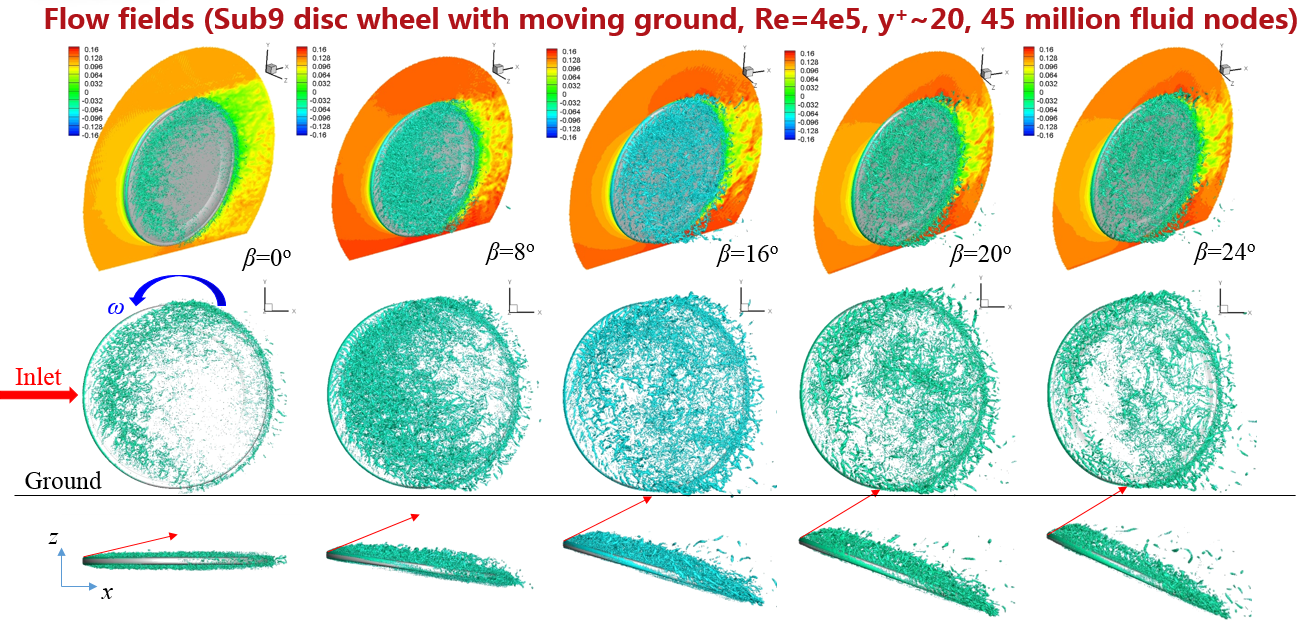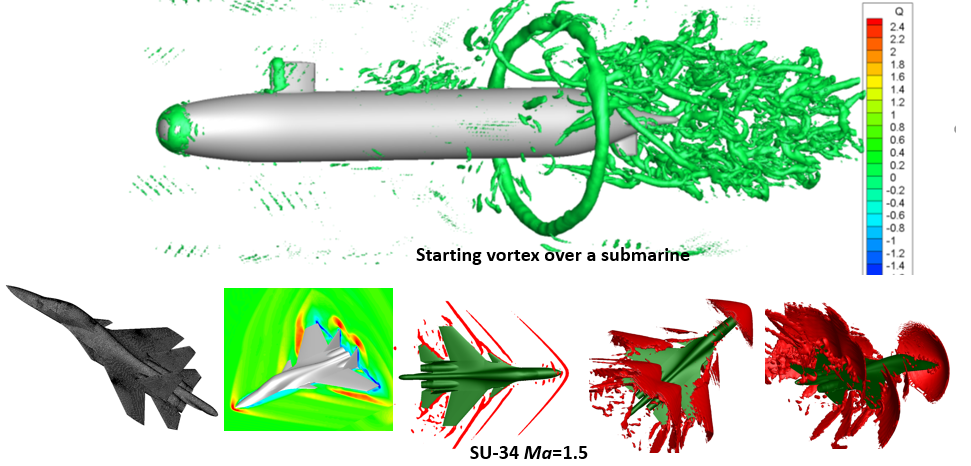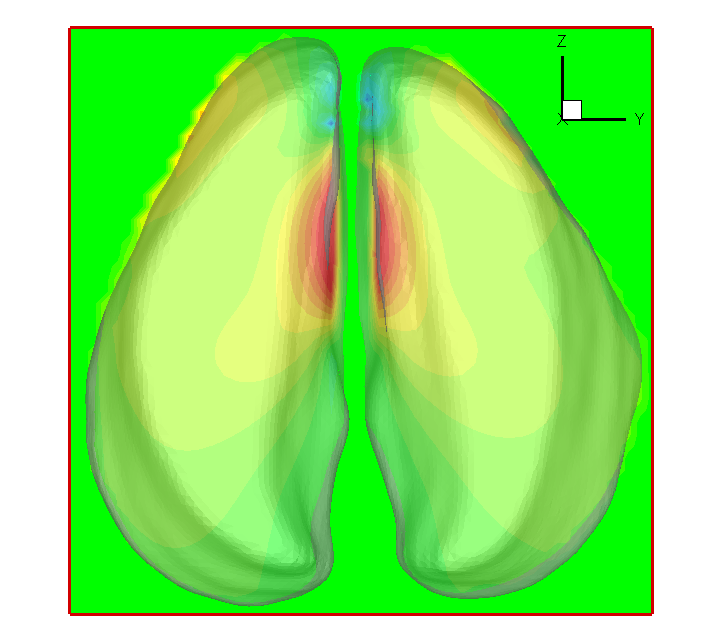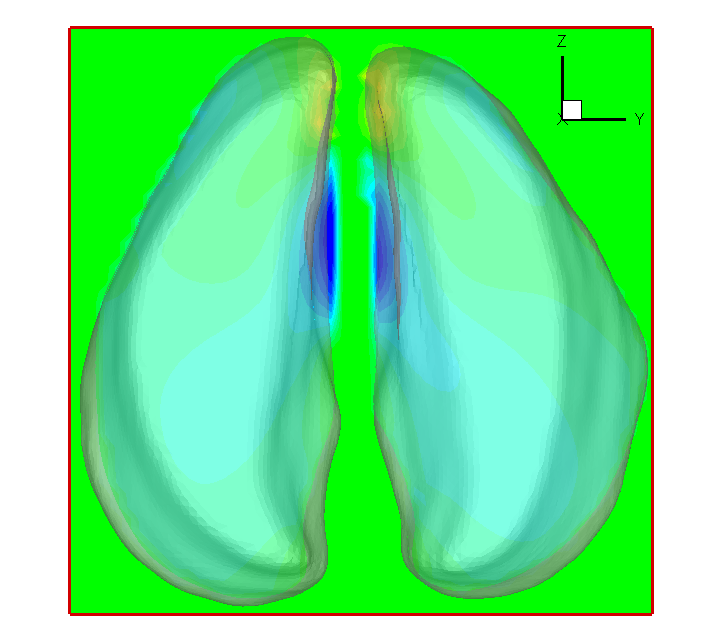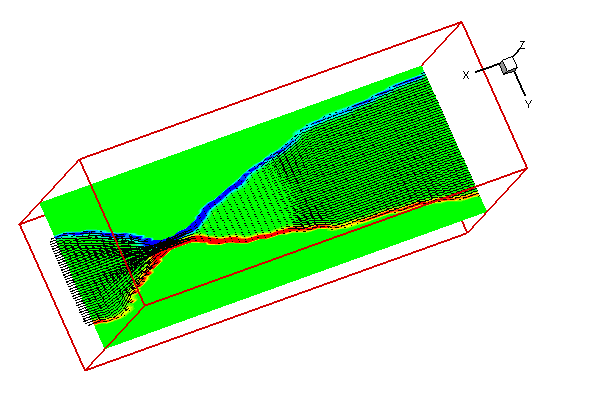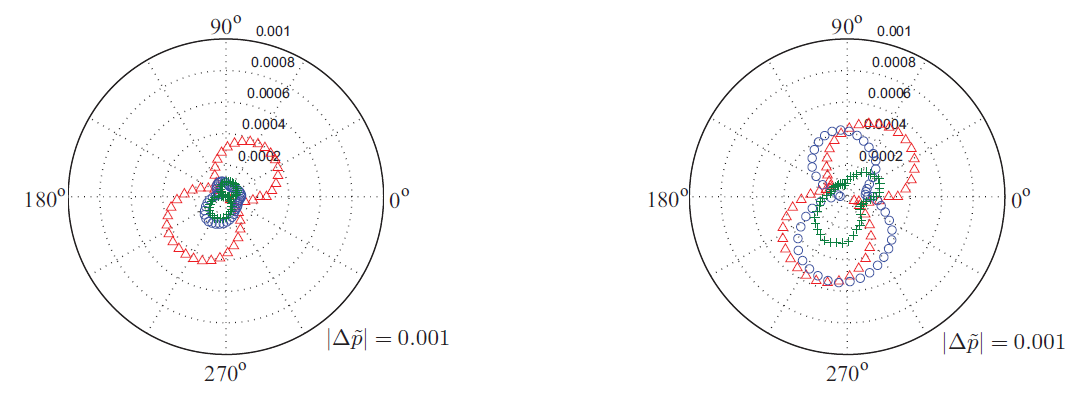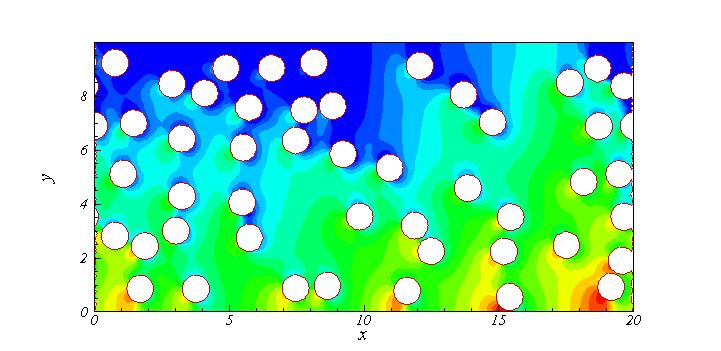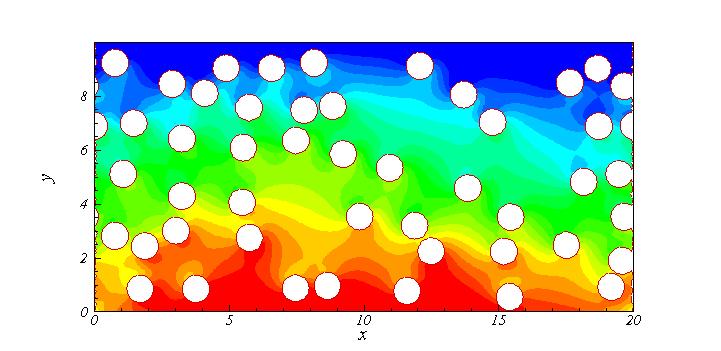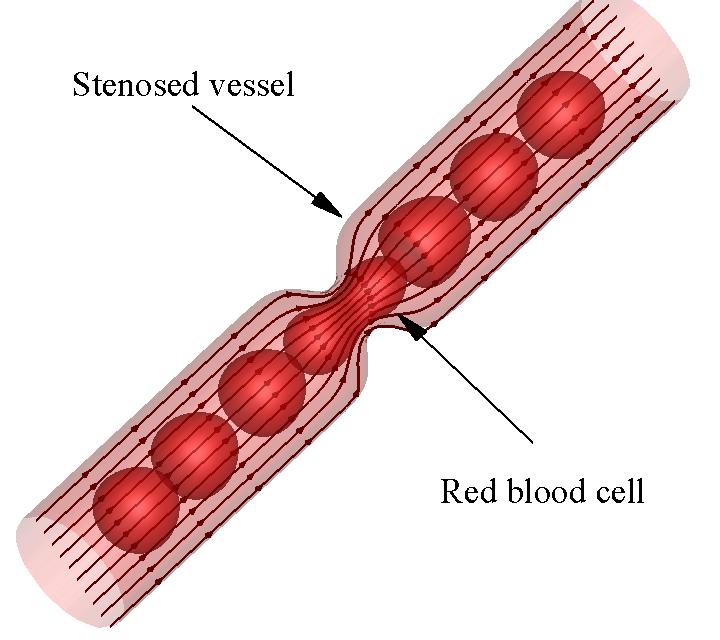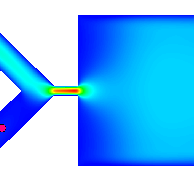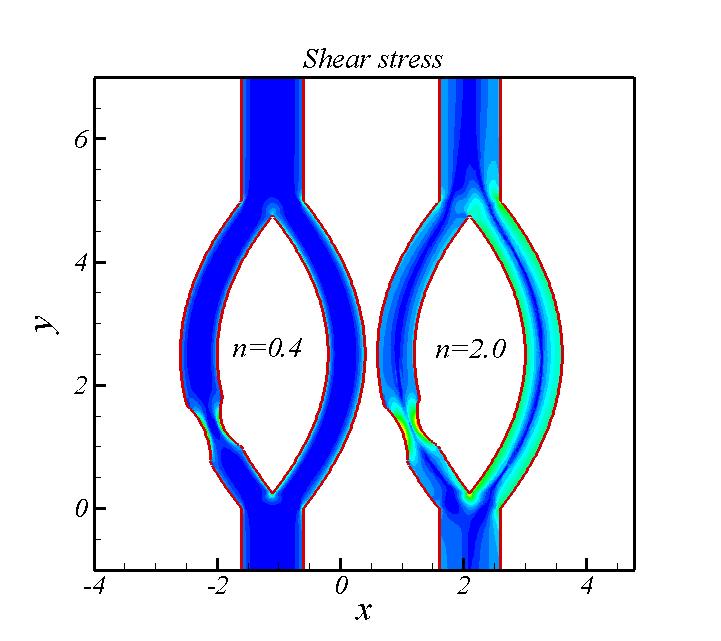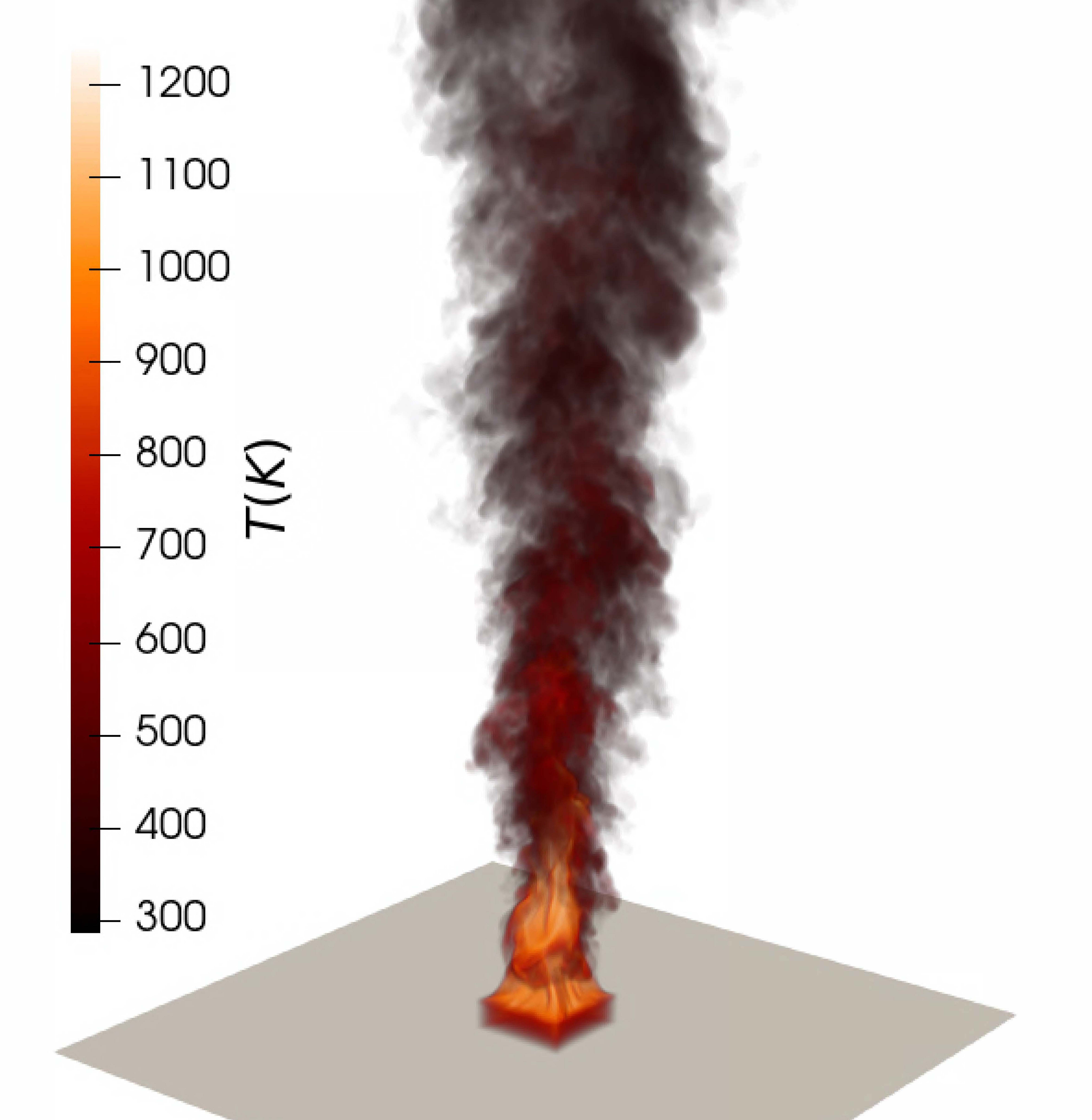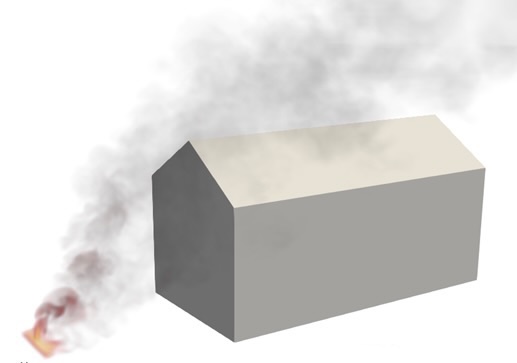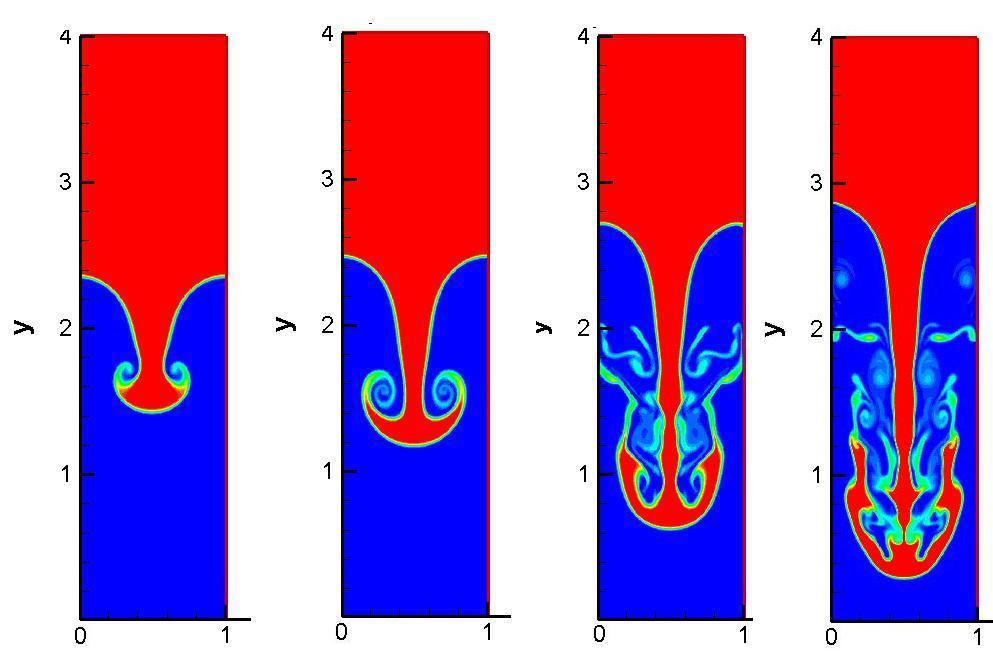|
Flow Science Lab |
|||||
Grants
- Tian, F. B., Young, J., Ravi, S., and Liu, H., Scaling laws for aerodynamics of moving wings in the Martian atmosphere, 01/2024-12/2026, Australian Research Council/Discovery Project.
- Tian, F. B., Pearce, G., Hazell, P., Ji, X., Lyons, D., Prusty, G. and Singh, H., Next Generation Composite Flipper, 2024-2026, Cooperative Research Australia-Australian Composites Manufacturing CRC.
- Tian, F. B., Young, J., Lai, J. C. S., Ravi, S., and Thomas, A., Fluid-structure-acoustics Interactions of Bio-inspired Flapping Wings, 01/2020-12/2022, Australian Research Council/Discovery Project.
- Tian, F. B., Young, J., Ravi, S., and Wang, L., Aerodynamic Study of Wheelchair Wheels, 2023, Australian Institute of Sport.
- Ravi, S., Tian, F. B., Young, J., and Kramer, M., Novel Strategies for Passive Gust-Mitigation, 09/2023-09/2024, ARO.
- Ravi, S., Kramer, M., Young, J., and Tian, F. B., Generalized gait control for biologically inspired undulatory robotic swimmers, 08/2023-08/2026, ONRG-BAA.
- Frankcombe, T.J., Sutherland, D.A., Ray, T., and Tian, F. B., Propellant grain regression modelling for 3D printed propelling charges, 04/2023-06/2024, DSTG.
- Ravi, S., Tian, F. B., Sarkar, S., Young, J., and Lai, J.C.S., Data driven approaches for unsteady flow control over dynamically stalling wings, 07/2022-07/2023, AOARD.
- Ravi, S., Garratt, M., and Tian, F. B., Robust Flight Control Systems for Miniature Lighter-than-air Robots, 01/2020-12/2022, ONRG-BAA.
- Tian, F. B., Ravi, S., Young, J., and Wang, L., Accurate and Efficient Calculations of Fractional Flow Reserve in Cardiovascular System, 10/2019-04/2025, Shukun Tech.
- Ravi, S., Garratt, M., and Tian, F. B., Compliant Musculoskeletal Actuation in Flying Insects and Bio-inspired Designs for Miniature Robots, 09/2019-09/2022, AOARD.
- Tian, F. B., Young, J., Kleine, H., and Ravi, S., Aerodynamic Study of Bicycle Wheels, 09/2019-08/2022, Australian Institute of Sport.
- Tian, F. B., and Prakash, R., Computationally investigate thermal behaviour of building materials through varied radiation, 2019, Department of Industry, Innovation and Science -- Innovation Connections Grant.
- Neely, A., Kleine, H., Young, J. and Tian, F. B., FIP - Digital Image Correlation Software Suite, 01/2019-12/2019, UNSW Research Infrastructure Scheme.
- Xu, Y. Q., Duan, J. Y., Deng, H. B. and Tian, F. B., FSI simulations of the navigation motion of sperm and the associated dynamic mechanism of the motor behavior regulation, 01/2018-12/2021, National Natural Science Foundation of China.
- Neely, A., Young, J., Tian, F., Lai, J., de Baar, J. and Wu, D., UNSW Canberra workshop on fluid-structure interaction, Research Workshop Scheme 2018, UNSW Canberra.
- Tian, F., Numerical simulations of bushfire and virtual artery surgery, SEIT Discovery Funds 06/2017-06/2019, UNSW Canberra.
- Tian, F., Coupled dynamics, UNSW Canberra Silverstar Award 01/2017-12/2017, UNSW Canberra; Coupled FSI dynamics, UNSW Canberra Silverstar Award, 01/2018-12/2018, UNSW Canberra.
- Tian, F., Novel modelling of fluid-structure interactions in biological flows, Discovery Early Career Researcher Award (DECRA) 01/2016-12/2018, Australian Research Council.
- Tian, F., Novel modelling of fluid-structure interactions in biological flows, UNSW Canberra top-up for ARC DECRA 01/2016-12/2018, UNSW Canberra; Fluid-structure-acoustics Interactions of Bio-inspired Flapping Wings, UNSW Canberra top-up for ARC DP 01/2020-12/2022, UNSW Canberra.
- Tian, F., Collective behaviours of a large number of swimming sperms, Rector's Start-Up Grant, 2016, UNSW Canberra.
- Sui, Y. and Tian, F., Rector Funded Visiting Fellow 2016, UNSW Canberra; Jaiman, R. K. and Tian, F., Rector Funded Visiting Fellow 2018, UNSW Canberra; Krueger, T. and Tian, F., Rector Funded Visiting Fellow 2018, UNSW Canberra.
- Tian, F., Fluid dynamics and free-body movement in aquatic animal swimming, Early Career Researcher Grants Scheme 2015, UNSW Canberra; Arteriovenous-graft-thrombosis prediction by advanced computational fluid dynamics, Early Career Researcher Grants Scheme 2016, UNSW Canberra.
- Tian, F., Numerical investigation of chemotaxis and separation of biological cells, Special Research Grants Program 2015, UNSW Canberra; Numerical study of flow- and shockwave-induced damages, Special Research Grants Program 2019, UNSW Canberra.
- Tian, F., Fluid-structure interactions and complex flows in biological and biomedical systems, National Computational Infrastructure (Project No. fu4).
Theories and numerical methods
- Classical theoretical methods such as complex analysis, linear superposition method and Duhamel integral etc.
- Numerical methods such as space-time finite element method, projection finite element method, immersed boundary-lattice Boltzmann method, immersed boundary-finite differential method and arbitrary Lagrangian-Eulerian etc.
Fluid-structure interaction in daily life
The fluid-structure interaction (FSI) is ubiquitous in nature: a flag flapping in the air, a parachute falling in the sky and, eel swimming in the water. The FSI describes the interaction a viscous compressible/incompressible fluid and a deformable body. Flying and swimming animals, such as insects and fish, typically possesses superb maneuverability in locomotion. The animals' agility allows themselves to quickly catch food, escape from enemies, or simply dance around gracefully. Why can they do that? The secret lies in their marvelous skills of manipulating the surrounding fluid with their body parts (e.g., wings, fins, and flexible body) and taking advantage of fluid-body interaction. Equipped with efficient two-/three-dimensional computational algorithms, we study dynamics of the viscous unsteady flow as well as the fluid-structure interaction, and investigate the physical mechanism behind the biological maneuvers.
|
|
|
||
|
Free swimming of fish: wavy tail and wavy surface propulsion. |
|||
|
|
|||
|
Filament(s) in the flow. |
|||
|
|
|
||
|
Three-dimensional vortex around a fish. |
|||
|
|
|
||
|
Compressible flow over a bumblebee. |
Vortical structures of a dorsal fin. |
||
|
|
|
||
|
A flag flapping in the fluid. |
A hovering hummingbird. |
||
|
|
|
||
|
Self-propulsion of a 2D sperm. |
A turning sperm. |
||
Fluid-structure Interaction involving multiphase flows, shockwaves and stracture damages
|
|
|
||
|
FSI involving shock wave. |
FSI involving shock wave. |
||
|
|
|
||
|
FSI involving structure damages. |
FSI involving structure damages. |
||
|
|
|
||
|
FSI in supersonic flow. |
FSI involving structure damages. |
||
IBM applications in mechanical engineering science
As introduced in many of our publications, IBM is very convenient for flows involving complex geometries, large deformations/displacements and computational topology changes. Currently, its applications in mechanical engineering science, especially high speed flows, are limited. We are dedicated to promoting its applications in many engineering flows such as aerodynamics of bicycles, cooling system of new batteries, flow over submarines and supersonic flow over aircrafts.
|
|
|
|
Computational modeling of phonation
Voice is the basic sound generated in the larynx, and we use it in our daily life to produce speech etc. From a physical point of view, the voice generation process, phonation, is a result of the biomechanical interaction between air expelled from lungs and a pair of vocal folds in larynx. To date, much remains to be understood regarding the dynamics of glottal airflow and vocal folds. A computational model that describes the physics of phonation with both high fidelity and efficiency could complement experimental studies and help us understand the voice production process. Furthermore, it may also be used for examining certain voice pathologies, diagnosing and treating voice disorders. Below are some recent CFD simulations of the flow/ rabbit vocal fold dynamics using a Cartesian grid based immersed-boundary method.
|
|
|
|
|
|
|
Fluid-induced vocal fold vibration. Up-left: surface grid; up-right: stress of vocal fold when closed; down-left: stress of vocal fold when opened; down-right: the complex flow structure. |
|
Fluid-structure-sound interaction modelling
Fluid-structure-sound interaction (FSSI) is an important topic in many fields. Recently, we develop immersed-boundary method for FSSI and promote its applications.
|
|
|
|
Polar diagram of the fluctuation pressure peaks at different frequencies for rigid foil (left) and flexible foil (right). |
|
Moving particles/cells in the channel and the sediment deposition
It is very important in the environmental science to study the particles and the sediment deposition in rives and lakes. In the life science, the bilogical cells, such red blood cells in the capillary vessel also can be taken as the particle flow.
|
|
|
|
The particles driven by gravity in the channel. The pressure(left) and stream function(right) |
|
|
|
|
|
A red blood cell in a stenosed vessel (left) and cell separation in a pinched channel (right) |
|
Non-Newtonian fluid
The non-Newtonian fluid flow is very common in the life sciences and chemical engineering, such as the Carreau-Yasuda fluid in flood model, the power law fluid in chemical engineering.
|
|
|
|
The simulation for lid-driven cavity flow(left) and biforked channel flow(right) with power-law fluid. |
|
Fire modelling by IB-LBM with heat source
Fire modelling is an inportant and interesting topic.
Here, we developed an immersed boundary-lattice Boltzmann method with large eddy simulation for turbulence and heat source for fire modelling with complex boundaries, which can be broadly
used in the urban environmental problems.
|
|
|
|
Left is outdoor fire: the heat of fire (57.5kW) is located in a rectangular area of 0.3m x 0.3m x 0.1m. Right is a fire outside a house. |
|
Incompressible variable-density flow
A first-order projection FDM code has been developed to solver the incompressible variable-density flow. Here we present the Rayleigh-Taylor instability problem as the demonstration. We take the following book chapter as reference for set up: Chapter 18 'Variable Density Flows and Volume Tracking Methods' in High-Resolution Methods for Incompressible and Low-Speed Flows, Springer Berlin Heidelberg, 2006.
|
|
|
The density contour at t=3.5, 4.0, 5.0, 5.5. |
